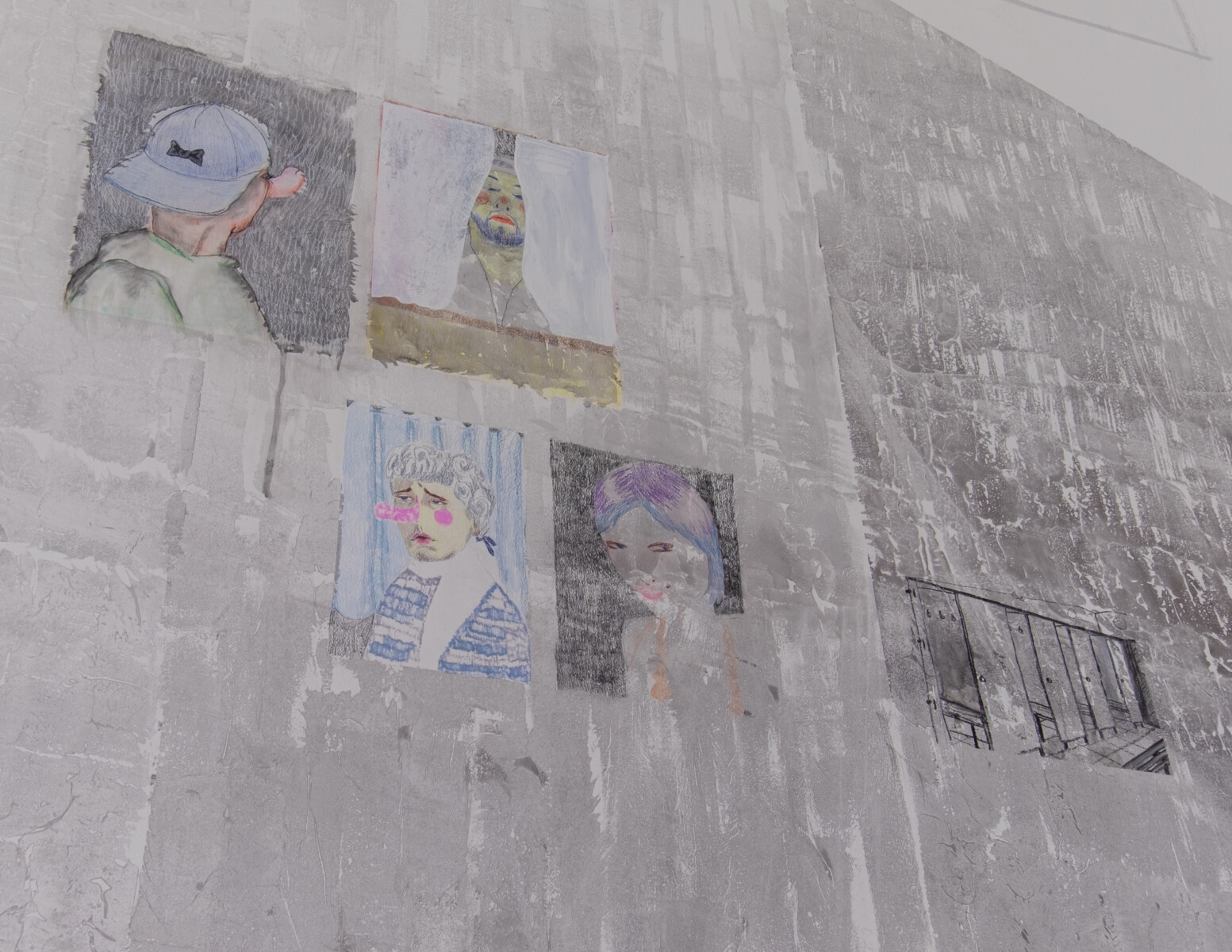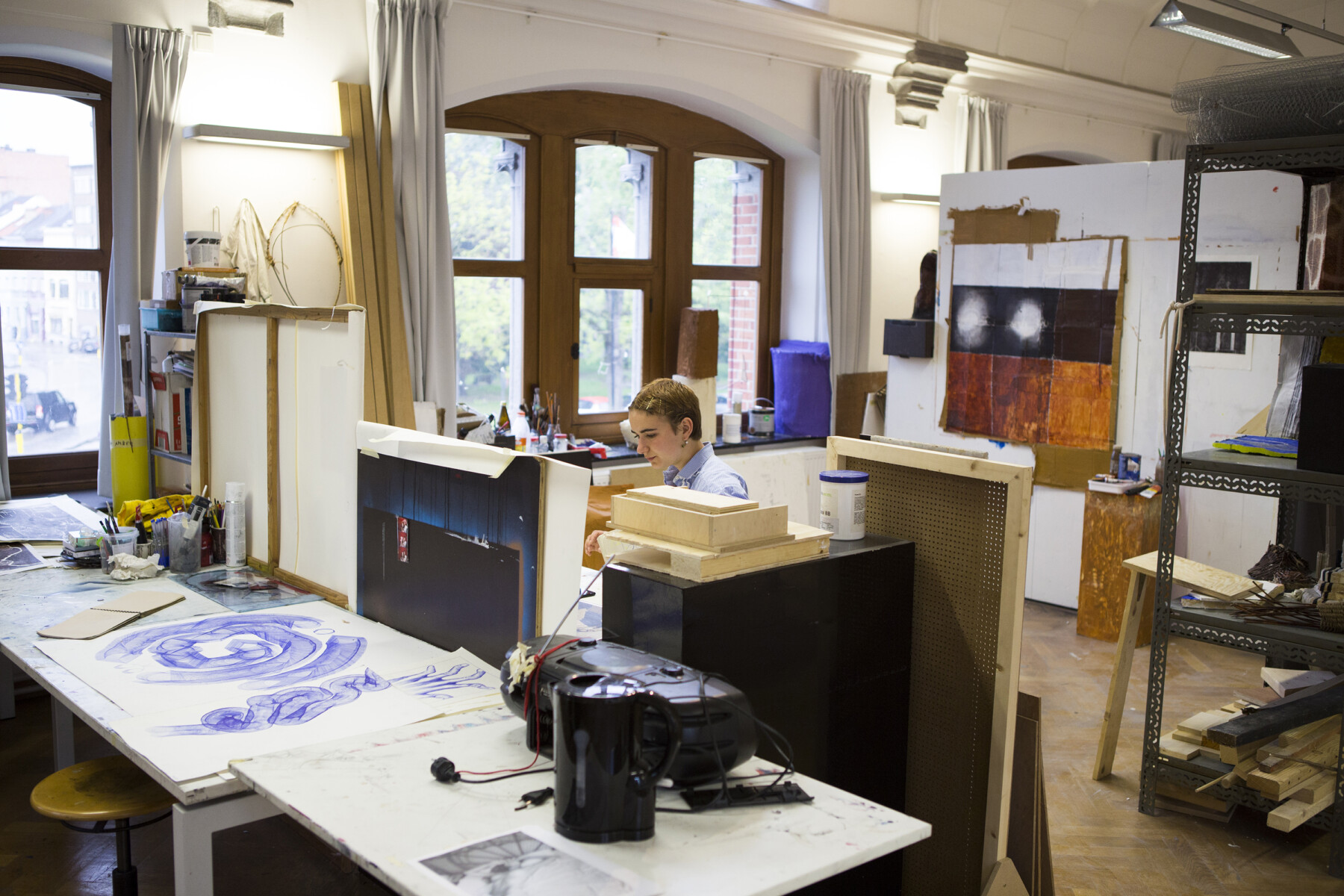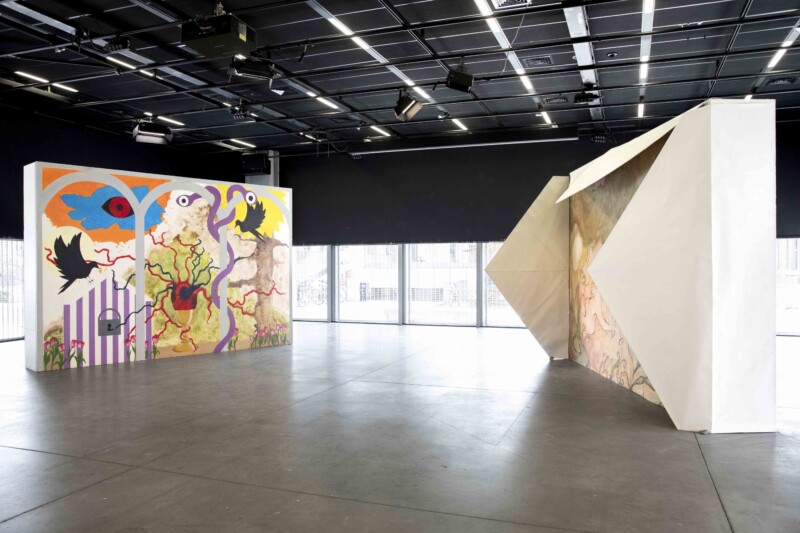fine arts:
drawing
graduating option fine arts
study path sculpture
3 years
English master
read more about the programme
Drawing as a discipline
Drawing has long been an indispensable tool for designers, scientists and artists. Not only for the study and representation of perception, but also as a reflection of a mental process; a visual reflection of the imagination. Well into the 20th century, drawing fulfilled a rather subservient role within Western art. Painting and sculpture remained the most important forms of expression. Today, more and more artists regard drawing as an autonomous form of expression and drawing plays a more prominent role. We devote a separate track within the liberal arts to this discipline.
Experiment and research
Within drawing, visual research and experimentation are central. Starting from a number of open assignments, students search for visual possibilities and techniques that best fit their personality and interests.


Besides technical skills and visual research, you regularly discuss and question your work, both individually and in groups. In this way, you learn to define yourself, deal with criticism and learn the ways to position yourself in an artistic environment. The lecturers guide this process, each from their specific artistic practice.
Quirky self-portrait
The first bachelor starts with shorter assignments, starting from visual perception. You explore different formats, materials and techniques to find your personal perspective. Drawing from live model, objects, still life, space, light and self-portrait are the main starting points. In the second semester, a major assignment is tackled via a theme and the skills acquired are further explored.

In the second bachelor, the diversity of drawing is addressed even more. The result is a quirky dossier and extensive drawing work that functions as one large self-portrait. In the second semester, the emphasis is on the context of a location, a site-specific artwork that has a different support than paper e.g. a ceiling., floor or wall drawing, drawing on an object, projection, film, and so on. You look for experimental forms of drawing.
In the third bachelor you research self-chosen themes and work on your bachelor project. Interim presentations, showcases, projects - both inside and outside school - and participation in competitions give you the opportunity to present your own work and establish a relationship with an audience. Creating a portfolio based on your own visual work, studio visits with artists and excursions to the Netherlands and abroad are fixed components of the curriculum.
teachers
study programme
studieprogramma master
enrolment & tests
how do you register for the bachelor's degree?
see the dates and assignments for the test
how do you register for the master's degree?
see the dates and assignments for the test
If you want to apply for an academic bachelor's degree, you must first pass an artistic admission test. To enter the master's programme, you will take part in an orientation test. These are organised several times per academic year.
credits
- Kato Bouckaert, SPITS No.08, Donderdagavondspits, photo: Sam De Buysere
- Wall Drawing Experiment#10, 2023, photo: Jordi Coppers
- Gloria Scorier, Graduation 2023, photo: Giada Cicchetti












